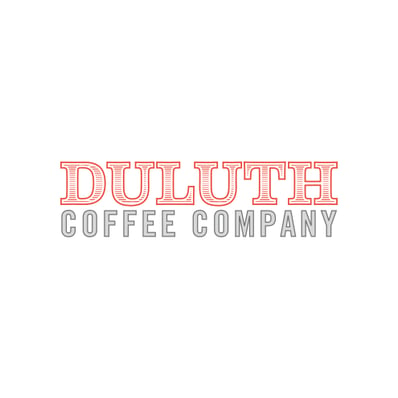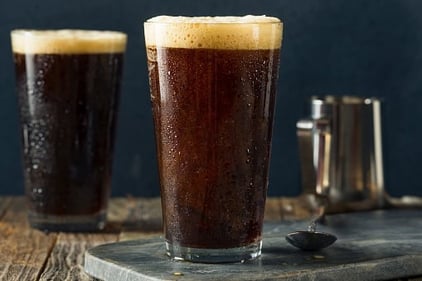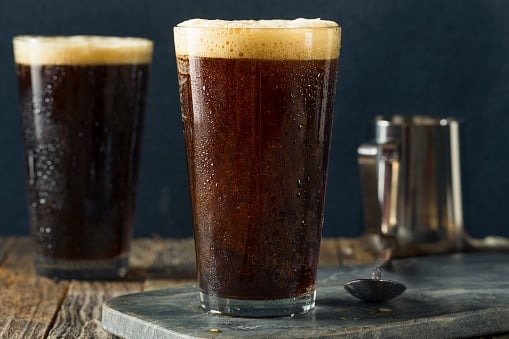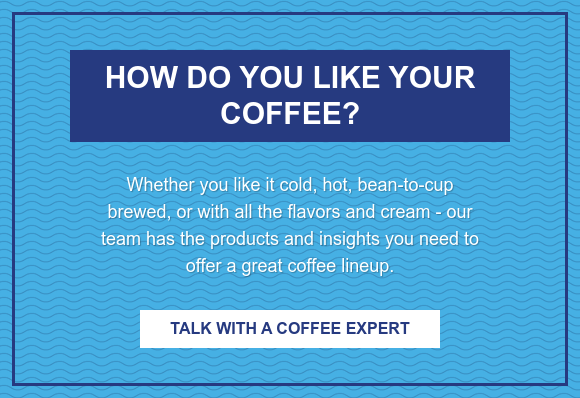Do you remember when there were just two options for coffee? Regular or decaf. Those days seem further and further away as coffee continues its climb and global domination. But how far will the category go? And what trends are we particularly interested in
2018 is going to be even bigger … and more caffeinated
1. Artisan Roasters
Bigger isn’t always better – ask any independent craft brewery. The folks in the coffee world seem to be taking some hints from that booming industry as they evolve their own. We’re going see a continued focus on trends that support and celebrate local brands, the coffee produced, and its origin. Consumer preference is ultimately what drives trends in the food and beverage industry (as with any industry – where there’s demand, there has to
Artisan coffee roasting distinguishes itself in a few different ways. Some of the qualities that are tied to this practice include:
- Origin: understanding of and appreciation for global coffee industry
- Sustainable farming practices: respect for habitat + good production values
High quality green beans: intentional selection + insightful roasting techniques
Duluth Coffee Company

Duluth Coffee Company is a prime example of a local artisanal roaster. People love a good local story, and Bernick’s is very much the same, which led us to our new partnership to assist the brand with wider distribution. Just as people visiting a new city or area for the first time seek out the local cuisine and beer options, coffeehouses have made their way into that fold as well. Let’s put it this way: you can always visit a Starbucks or Caribou Coffee. There’s something special about a small business. Duluth Coffee Company’s inception began in 2012 as the brainchild of Eric Faust, owner, and roaster.
With a very modest 850-square foot storefront on Duluth’s iconic Superior Street, the company recently expanded to a second location just two doors down. The second location is an origin-inspired cocktail bar featuring locally distilled spirits and craft beer. It’s also Duluth Coffee Company’s new production space as brand evangelism tested the limits of the original roaster and space.
Faust was quoted as saying, “We started on a 3-kilo coffee roaster, then moved to a 12-kilo coffee roaster, and this is a 70-kilo coffee roaster, so the steps have been big. I never in my wildest dreams thought we’d be here, but it’s exciting.”
2. Cold Brew Coffee

The second hot trend for coffee in 2018 is ice cold: cold brew coffee. It’s not just Americans clamoring for it either. Think with Google released its Beverage Trends Report 2017 canvassing data from the U.S., UK, Spain, and Mexico. Across all four markets, process-based drinks such as cold brew or infusions are the most prominent among beverage volume of searches.
Cold brew is made at room temperature with cold water. Without heat, the extraction process of oils that occurs is eliminated, giving
If it can happen with water surpassing soda, it can happen in the coffee world!


